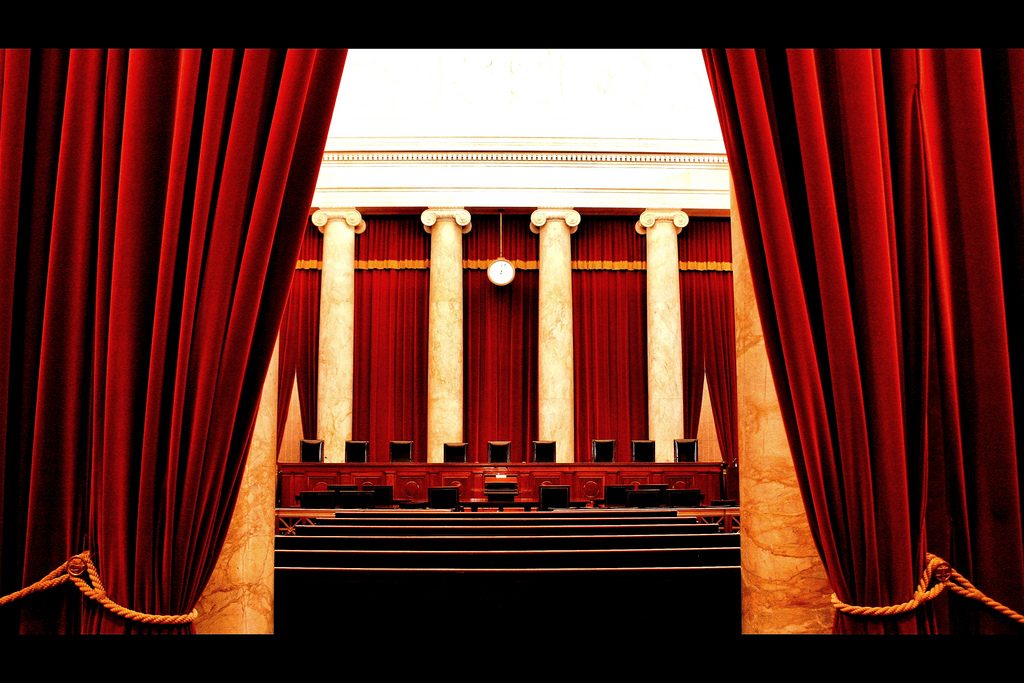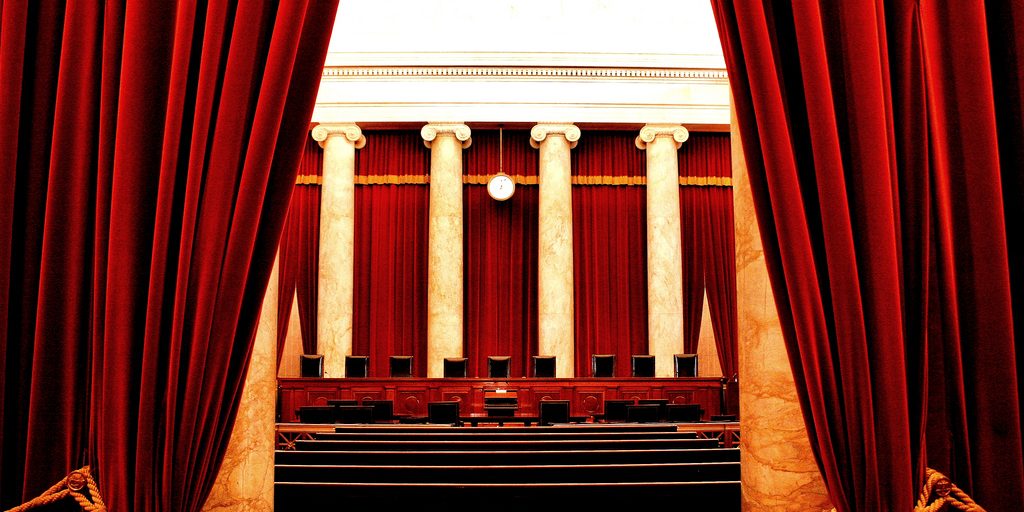
For those who have never before experienced a bankruptcy or are otherwise unfamiliar with the specifics of what it entails, a good first step is to understand the differences between the different kinds of bankruptcy. Knowing what to file for is vitally important when reorganizing your finances and releasing or restructuring your debt.
Chapter 11 bankruptcy is among the most common forms and differs from other chapters in a few key ways. In addition to knowing which kind of bankruptcy your situation calls for, it’s also very important to know what to expect once you file both in terms of the bankruptcy process as well as the outcome you can expect to achieve after the proceeding.
If you are considering filing for bankruptcy in Wisconsin, contact a knowledgeable attorney to help you explore your options.
1. Chapter 11 Bankruptcy: Used to Restructure Debt
Unlike the common conception of bankruptcy, which involves a total absolution, and release of debt, chapter 11 is used to restructure the way you intend to pay off your debts. Most commonly, this is used to reorganize a business in the wake of mounting expenses. The thought behind a restructuring ones debt over time takes into account the chance for future business growth and a better ability to may payments to those you owe.
This means chapter 11 bankruptcies often involve a more productive relationship between the debtor and the creditors as both have stake in the success of the negotiations.
Another benefit of this plan is immediate relief to the debtor filing for bankruptcy. When a voluntary filing occurs, debtors are free from collection until both parties can agree on a practical plan for repayment. If this involves foreclosure avoidance, creditors can file a request for relief from the automatic stay they receive.
2. The Key Differences Between Chapter 7 and Chapter 11 Bankruptcy
For those who are new to bankruptcy, it may be useful to imagine the difference between chapter 7 and chapter 11 as two spots on a timeline. Imagine the timeline to represent the deadlines corresponding to your debt repayments. As they grow further and further out of reach, chapter 11 would appear first on the timeline as you discover you will no longer be able to repay your debts as they stand.
After this point, you may find yourself in chapter 7 territory, also referred to as liquidation bankruptcy. While chapter 7 is a kind of last-ditch effort to liquidate your debt by surrendering assets in order to reimburse creditors, chapter 11 can be utilized as a proactive step to restructure or reorganize your debt in order to make it possible to make the kinds of regular payments you can afford to make given your circumstances.
The success of chapter 11 relies heavily on your ability to continue to make payments you and your creditors have agreed upon. This means your business will still need to operate during the proceeding if that is how you intend on generating the income needed to fulfill your financial obligations.
If you’re interested in learning more about the specifics of the goals and stipulations of chapter 11, refer to the U.S Bankruptcy Code.
3. What a Chapter 11 Timeline Will Look Like
After filing for chapter 11, your business has the right to file what’s referred to as a reorganization plan. After this is submitted, the business then has 180 days to convince its creditors to approve the plan you’ve put forth. If the business misses wither of these deadlines, the creditors are allowed to submit they’re own reorganization plan for review.
Regardless of its origin, once a plan is accepted, it is then put before a bankruptcy court for review and confirmation based on its practical feasibility. If and when the court accepts the plan, it then goes into effect. The business’ debt is then discharged, however, the business is bound by the plan’s requirements to make payments on schedule.
Schedule a free consultation to discuss your bankruptcy options or other legal concern with a Beloit bankruptcy attorney from The Fitzgerald Law Firm by clicking here. You can also reach us by phone by dialing (608) 318-3489 in Wisconsin or (224) 725-3489 in Illinois.
{{cta(‘2b12fe8b-c641-4589-a3dd-44d883125bec’)}}
Photo Credit: Phil Roeder via Compfight cc








